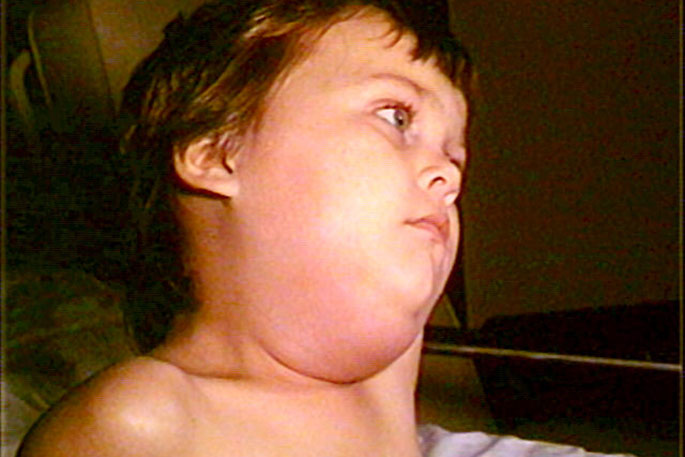The Medical Officer of Health has confirmed 12 cases of mumps, three being Waikato University students and nearly all probably exposed at the same location on Hood Street, Hamilton on Saturday, October 12.
"These are significant numbers," says Dr Richard Hoskins.
"11 of the cases got sick within one week of one-another, almost all were at the same location during the time they would have been exposed.
"If you get symptoms that might be measles or mumps - please don't spread it, no one wants these serious diseases in the run up to Christmas.
"If you get swollen tender cheeks, you need to be in isolation at home for 5 days after the symptoms start.
"You can get it up to 3.5 weeks after being in contact with someone.
"It is important to see your doctor if you think that you have mumps or call Healthline free on 0800 611 116 for health advice and information, "states Dr Hoskins.
Being immunised on time (15 months and again at 4 years) is the best protection against measles, mumps and rubella (MMR), though with mumps there is about a one-in-five chance that young adults will have lost the immunity.
"There is no specific treatment for mumps," says Dr Hoskins. "But pain relief can help with symptoms such as pain and fever."
Currently, MMR vaccine is available for all children under 15 years ensuring that all on time childhood immunisations are delivered.
There have been 34 confirmed cases of measles in Waikato DHB since 1 August (50 since 1 January 2019), driving demand vaccine. For more visit: www.waikatodhb.health.nz/measles.
What are the signs and symptoms of mumps?
When a person gets mumps they may first have a headache and fever for a couple of days, and then the glands under and in front of the ear, on one or both sides begin to swell (parotid glands). These glands produce saliva for the mouth. The swelling may last for over a week.
Some people with mumps do not get swelling of the parotid glands instead they can get orchitis (males - inflammation of the testicles), or oophritis (females - pain and tenderness in parts of the abdomen can occur due to swelling of the ovaries).
Some people with mumps can also get encephalitis (inflammation of the brain) and meningitis (inflammation of the lining of the brain and spinal cord).
How do people get mumps?
It is transmitted from person to person via droplet spread, meaning that to catch mumps a person must have contact with the fluid from the mouth and nose of another person with mumps. This can happen during sneezing, coughing, touching tissues, direct contact, sharing drinks etc. It is less contagious than measles.
How long are you ill for?
People with mumps usually recover completely within 10-12 days from when symptoms start. A person with mumps can spread the disease to others for several days before symptoms begin, and up to 9 days after the symptoms first started, the biggest risk is for 2 days before symptoms to 5 days after. Up to one third of those with mumps infections have no symptoms at all, yet they are still infectious (can spread the disease).
More about mumps:
Visit these sites for more about mumps:
www.immune.org.nz/diseases/mumps
www.healthnavigator.org.nz/health-a-z/m/mumps/
www.health.govt.nz/your-health/conditions-and-treatments/diseases-and-illnesses/mumps



0 comments
Leave a Comment
You must be logged in to make a comment.